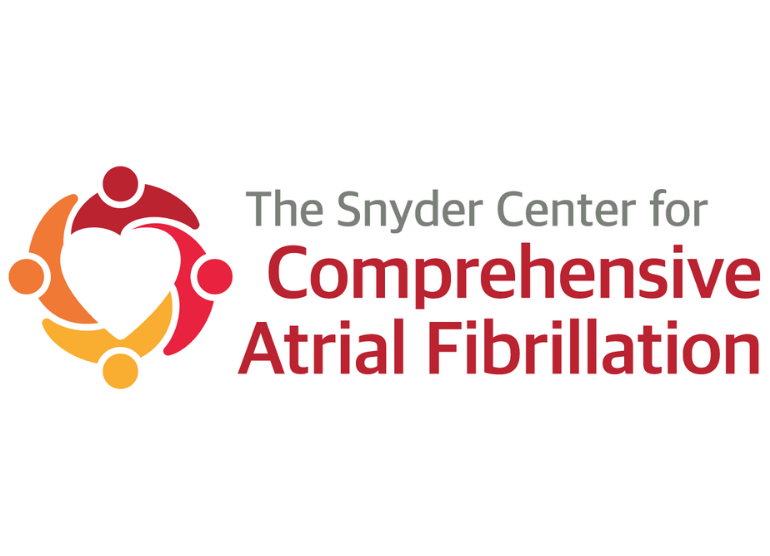Need an Alternative to Blood Thinners?
Join us for a free online webinar to learn about Watchman and Amulet.
If you have atrial fibrillation (AFib) not caused by heart valve problems and are taking blood thinners to reduce your risk for a stroke, a left atrial appendage (LAA) closure may be a safe, effective alternative for you.
Atrial Fibrillation and Stroke
AFib is the most common type of heart rhythm abnormality — or arrhythmia — by far, and it can increase the risk for a stroke. Given poor atrial contraction while in atrial fibrillation, the blood pools in the atria and can form a clot, especially in an outpouching of the atria called the left atrial appendage (LAA), which is where the vast majority of the clots are formed.
The first step in effectively minimizing the risk of blood clots and strokes caused by AFib is to identify those patients at high risk for a stroke. At Valley's Left Atrial Appendage Closure Program, we evaluate each individual risk factor for stroke using a tool that measures associated comorbidities, called the "CHA2DS2-VASc" score. This tool determines if you are at high risk for stroke. A CHA2DS2-VASc score of 1 or greater represents an indication for anticoagulation.
These high-risk patients are often treated successfully with anticoagulant medications. However, some patients cannot take these medications long-term due to side effects— most commonly bleeding —or because they interfere with their lifestyle or other medications they are taking. In those patients, an LAA closure may be a good option.
What is Left Atrial Appendage Closure?
An LAAC procedure is exactly what it sounds like – it is a procedure that closes off the opening of your LAA. The LAA is an area connected to the upper left chamber of the heart where blood clots tend to form in people with AFib. This procedure is designed to prevent blood clots that form in the LAA from entering the bloodstream, traveling to the brain, and causing a stroke.
An LAAC procedure has proven to be an effective treatment option for patients, because studies show that more than 90 percent of blood clots in patients with AFib begin in the LAA.
Who is a Candidate for Left Atrial Appendage Closure?
You might be a candidate for an LAAC procedure if you have:
- a history of major bleeding while taking blood thinners
- a career or lifestyle that increases your risk of major bleeding (as a result of trauma) while on a blood thinner
- prior stroke despite taking a blood thinner
- difficulties taking blood thinners as prescribed, including maintaining international normalized ratio (INR) range, missing doses, following dietary restrictions, or inability to afford the prescription
Left Atrial Appendage Closure Options
At Valley's Left Atrial Appendage Closure Program, we offer two types of LAAC devices that can safely and effectively help reduce your risk of stroke.
Both of these devices are implanted in the heart through a minimally invasive procedure performed under general anesthesia. The use of general anesthesia allows for a quicker recovery time, typically less than 24 hours after your procedure.
Which Device is Right for Me?
Using a tailored approach to care, you, your referring physician, and a Valley LAAC specialist will determine which LAAC device is best suited for your personalized treatment plan. Your previous medical history and diagnostic information about the size and shape of your LAA will help guide your physician’s recommendation.

















